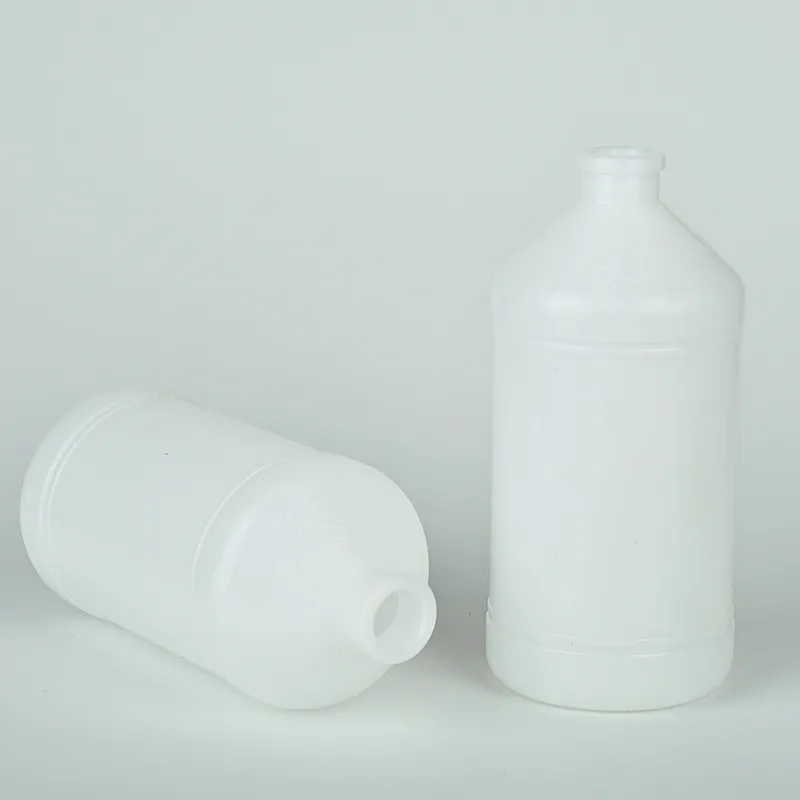what is a reagent bottle used for
What is a Reagent Bottle Used For?
A reagent bottle, a staple in laboratories worldwide, serves a significant purpose in the field of chemistry and biochemistry. These bottles, typically made of glass or plastic, are designed to safely store and dispense various chemicals and reagents. Understanding the function, types, and proper usage of reagent bottles is crucial for ensuring safety and accuracy in scientific experiments.
The Function of Reagent Bottles
Reagent bottles are primarily used for holding solutions, powders, and other chemical substances required for experiments. Unlike standard containers, reagent bottles are constructed to withstand chemical reactions and maintain the integrity of their contents. They come fitted with a secure closure system, often featuring a ground glass stopper, to minimize evaporation and contamination, thus preserving the quality of the chemicals stored inside.
One of the critical roles of reagent bottles is to prevent cross-contamination of chemicals. In a laboratory setting, where numerous reactions may occur simultaneously, it is essential to keep reagents separate. By using dedicated reagent bottles for each compound, scientists can ensure that their experiments yield accurate results and reduce the risk of hazardous chemical reactions.
Moreover, reagent bottles are often labeled with the name of the substance, concentration, and any associated hazards. This labeling is an integral part of laboratory safety protocols. In high-stakes environments, where every detail matters, clear labeling allows researchers to quickly identify the right reagent while minimizing the risks of mistakes.
Types of Reagent Bottles
Reagent bottles come in various types, each suited for specific purposes. The most common types include
1. Standard Reagent Bottles These bottles typically feature a narrow neck and a wide body, designed for convenience in pouring and storage. They are available in a range of sizes, from small (100 mL) to large (2 L or more).
2. Droppers Some reagent bottles are equipped with droppers or pipettes for precise dispensing of liquids. This is particularly useful when working with small quantities of reagents that require high accuracy.
what is a reagent bottle used for

3. Amber Bottles To protect sensitive chemicals from light degradation, amber reagent bottles are used. The dark glass prevents UV light from reaching the contents, thereby extending the shelf life of light-sensitive reagents.
4. Acid-Resistant Bottles Certain chemicals, especially strong acids, require specialized bottles made from materials resistant to corrosion. These bottles ensure safe storage without degrading over time.
Proper Usage and Safety Considerations
Using reagent bottles correctly is vital for laboratory safety. Always follow these guidelines
- Label Accurately Ensure every reagent bottle is labeled with the substance's name, concentration, and any warning symbols to convey the nature of the chemical safely.
- Store Safely Reagent bottles should be stored appropriately, away from direct sunlight and extreme temperatures. Flammable chemicals should be kept in fireproof cabinets.
- Handle with Care When pouring from a reagent bottle, do so over a secondary container to catch spills. Always use proper personal protective equipment (PPE), including gloves and goggles, to protect against potential chemical exposure.
- Dispose Responsibly After using reagents, follow proper disposal methods as per local regulations. Do not dispose of chemicals down the sink unless you are certain they are safe to do so.
Conclusion
In summary, reagent bottles are essential tools in any laboratory environment, facilitating the safe storage and handling of chemical reagents. Their design, labeling, and correct usage play a critical role in ensuring that experiments are both safe and reliable. As a researcher or student in the field of science, understanding the importance of reagent bottles not only enhances laboratory efficiency but also fosters a culture of safety and precision in scientific endeavors. Whether you are mixing solutions in a high school chemistry class or conducting groundbreaking research in a state-of-the-art facility, the proper use of reagent bottles is essential for success.
-
Aesthetic Makeup Spray Bottles | Fine Mist Empty RefillableNewsAug.19,2025
-
White Plastic Veterinary Vaccine Vials | Lab Liquid BottlesNewsAug.18,2025
-
Plastic Medicine Liquid Bottle: Secure Flip Top Drug VialsNewsAug.17,2025
-
Durable 250ml Blue Plastic Vaccine Vial for Lab & Vet UseNewsAug.16,2025
-
Sterile Virus Sample Tubes: Secure & Reliable Specimen CollectionNewsAug.15,2025
-
White 250ml Plastic Vaccine Vial for Lab & Vet MedicineNewsAug.14,2025
























